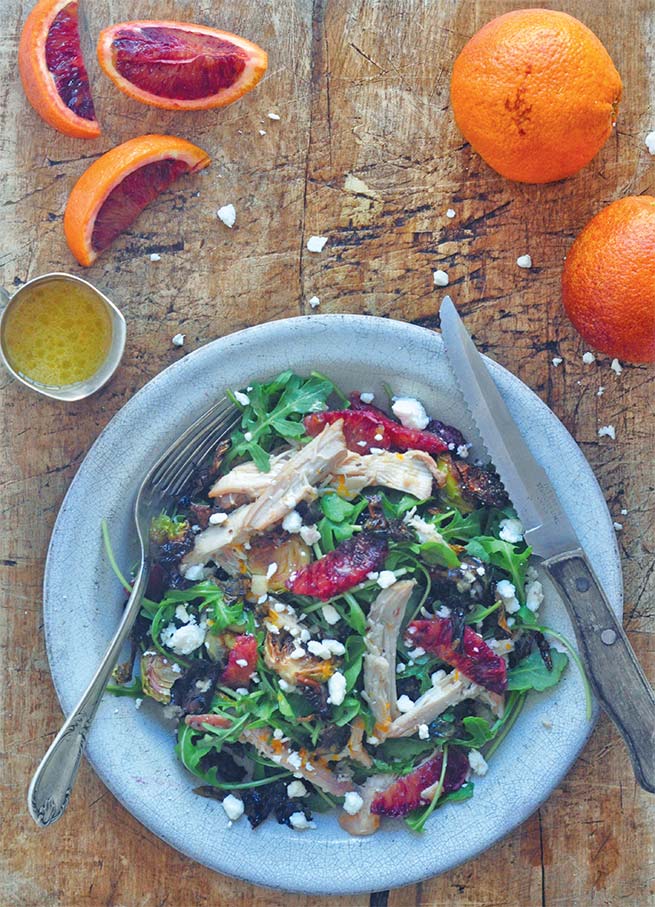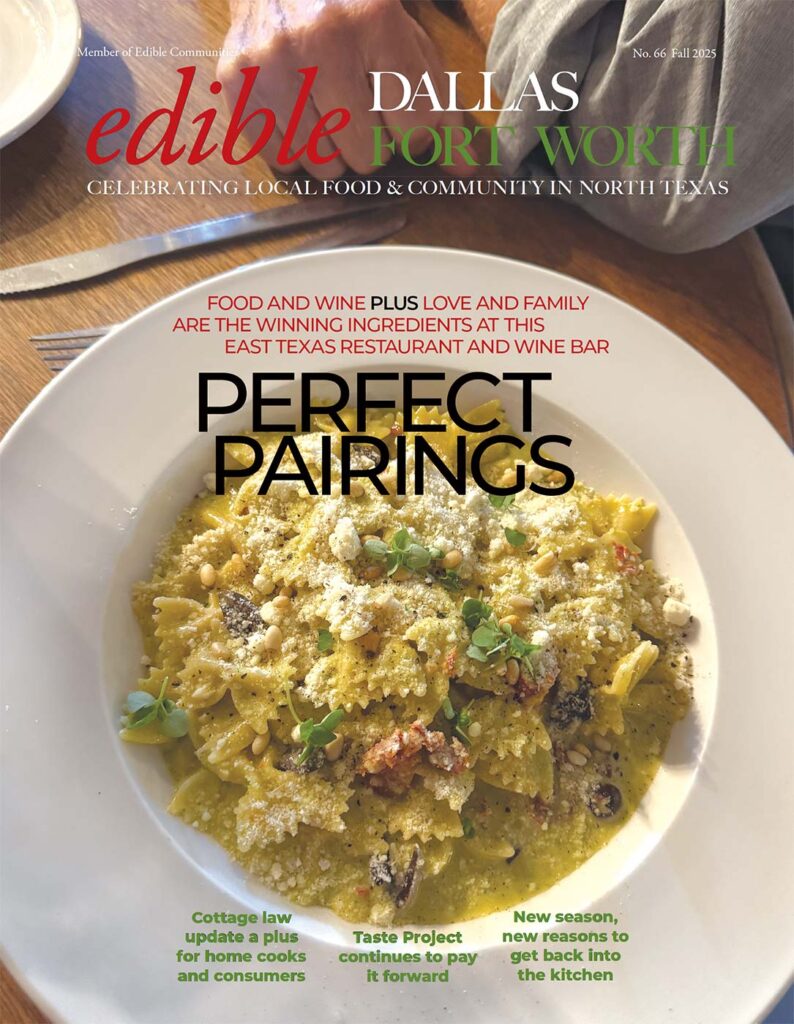
As the weather turns colder and the selections at the market become more rooty, citrus begins to appear. It’s like a ray of hope, a bit of sunshine breaking through the grayest of seasons. Spring will return. It’s not here yet, but it will come. Citrus reassures us of that.
Besides a vague recollection of my mom serving Texas Ruby Red grapefruit halves with serrated spoons at Christmastime (which, despite insane amounts of white sugar heaped on top, I refused to eat), I didn’t make the seasonal connection.
I didn’t grow up eating oranges either. Sticky and messy, they seemed like far too much trouble to bother with. I didn’t like dealing with the pith, the seeds and the bits of peel that would inevitably wedge themselves under my fingernails. The payoff wasn’t worth the effort.
Fast forward to Florence, Italy, about 15 years ago. It was the end of winter, not yet spring, and I was taking Italian lessons at the Scuola Dante Alighieri and living with four other students in a grand house not far from the city center. One morning, I encountered freshly squeezed blood orange juice for the first time. When I saw this deep ruby red juice in a clear glass pitcher on the breakfast table, next to the pot of French-press coffee, baskets of saltless Tuscan bread and jars of jam and Nutella, I had no idea what it was. Tomato juice? Too thin. Everyone else seemed to like it. So I poured a little bit into a glass, just for a taste.
Sweeter than any orange I remembered and with an intense orange flavor, I was hooked at first sip. I poured myself a bigger glass before it was all gone and drank it every day I was there. I left wondering why I’d never heard of blood oranges before and if I’d ever have them again, which of course I did. But more than these oranges in particular, the experience of revisiting something I’d dismissed earlier was an awakening of sorts. From that point forward, I tried every kind of orange I came into contact with, because I didn’t want to miss out on something I might love.
Which turned out to be the right move. In Paris, mandarins and clementines from Valencia would arrive in the grocery stores sometime before Christmas, leaves and stems still attached, and I learned that these were great for traveling on trains or airplanes because they were easy to pack and easy to peel—the skin was already so loose, it was just a matter of pulling it off in one or two pieces. Plus, they had no pith, no seeds, and were as sweet as candy. I bought them by the dozen, and I’d eat two or three at a time, always in the afternoon with coffee or any other time I wanted a snack. Like the exotic blood oranges I’d tried in Florence, these mandarins weren’t something I grew up with.
In the Rio Grande Valley, the citrus capital of Texas, besides growing three major varieties of grapefruit, there are several varieties of juicing oranges available now, along with the thick-skinned, seedless navels—which are eaters, not juicers. Ripened on the tree and harvested just before shipment, they don’t have far to travel to our markets in North Texas, but I had to travel a long way to appreciate the significance of what was right here all along.
RECIPES
Orange Pistachio Cranberry Scones
Orange-Curaçao Chocolate Chip Ice Cream
Ellise Pierce is the Cowgirl Chef and author of COWGIRL CHEF:
Texas Cooking with a French Accent (Running Press). Read her blog
(www.cowgirlchef.com), follow her on Twitter (@cowgirlchef) and Instagram
(cowgirlchef)
- Ellise Piercehttps://www.edibledfw.com/author/epierce/
- Ellise Piercehttps://www.edibledfw.com/author/epierce/
- Ellise Piercehttps://www.edibledfw.com/author/epierce/
- Ellise Piercehttps://www.edibledfw.com/author/epierce/





